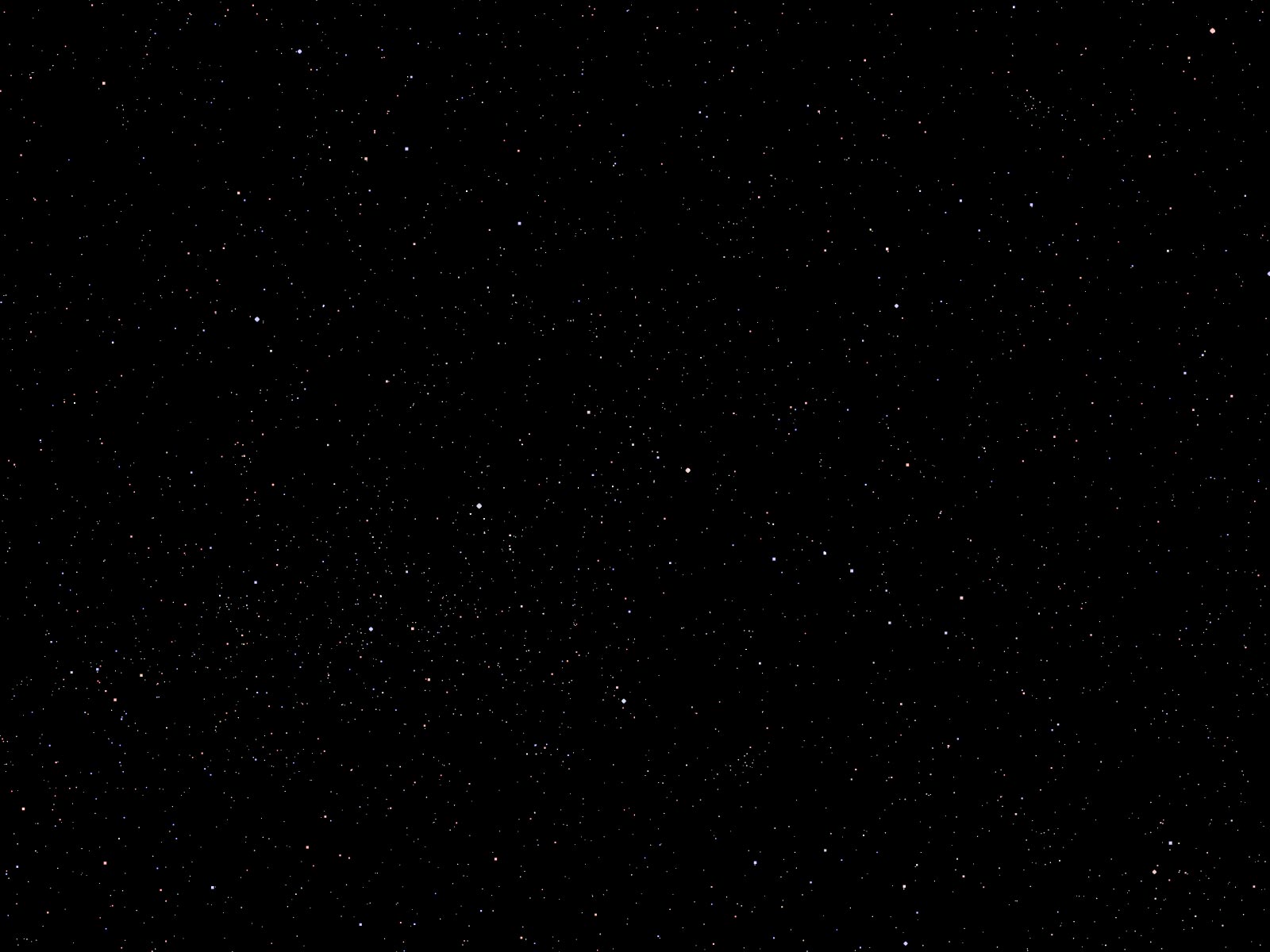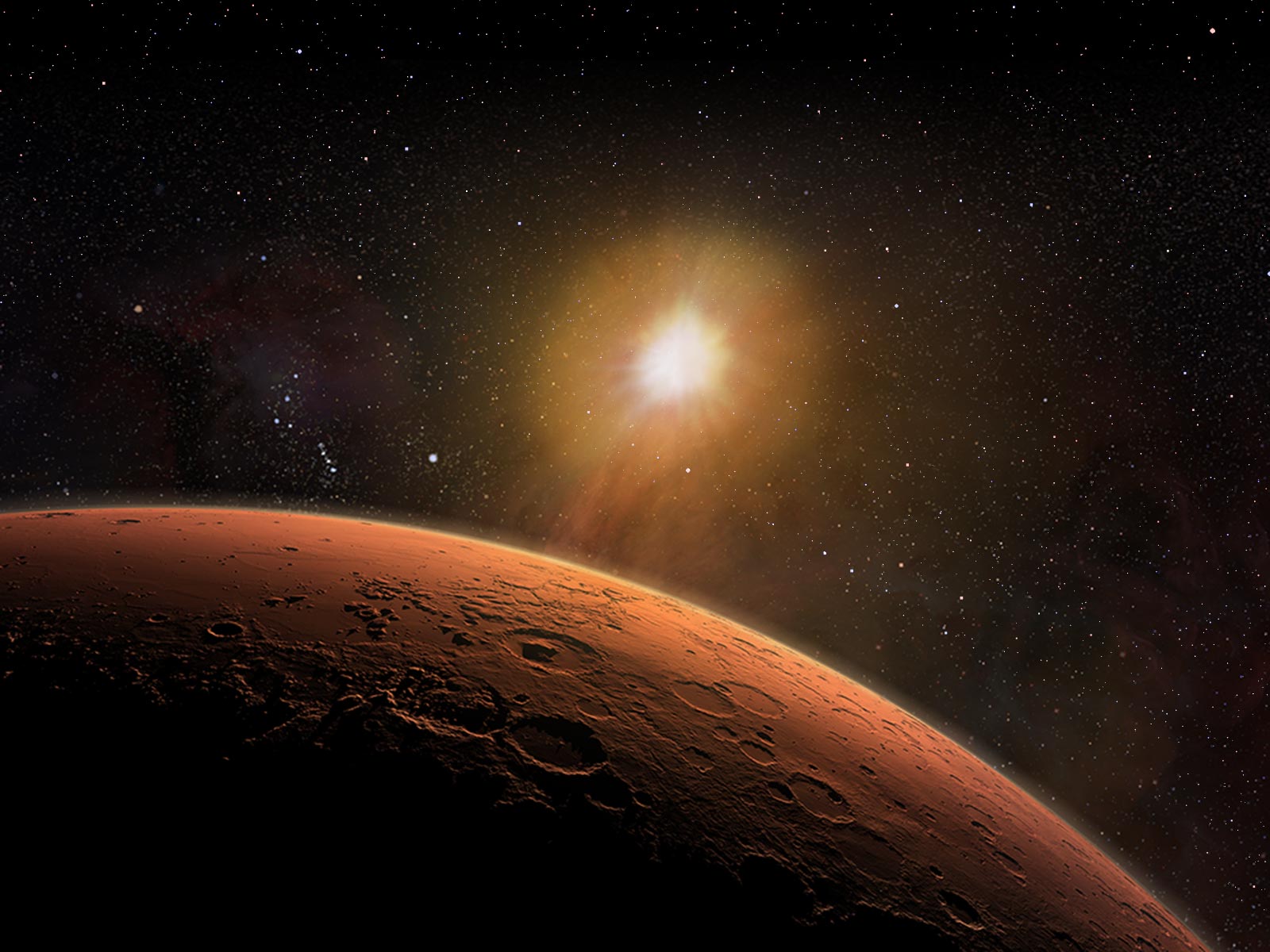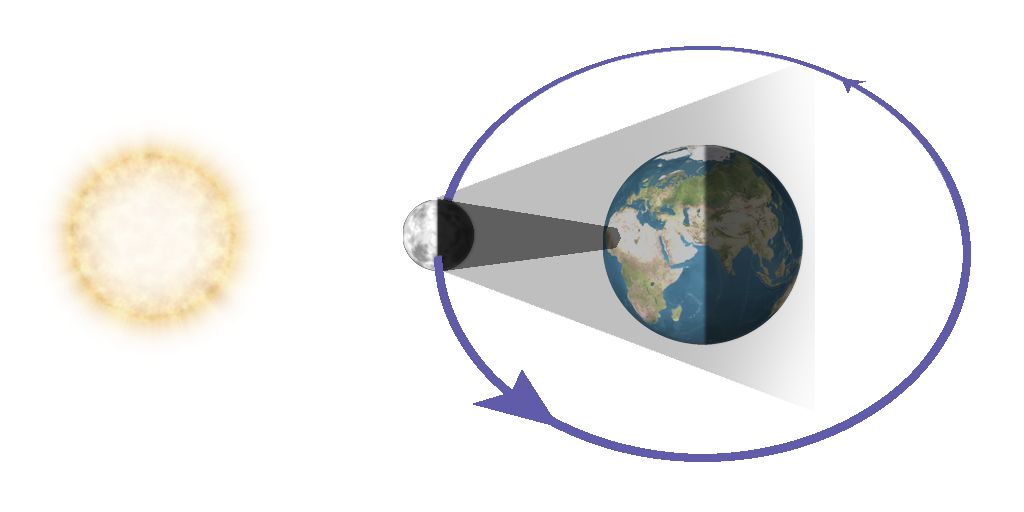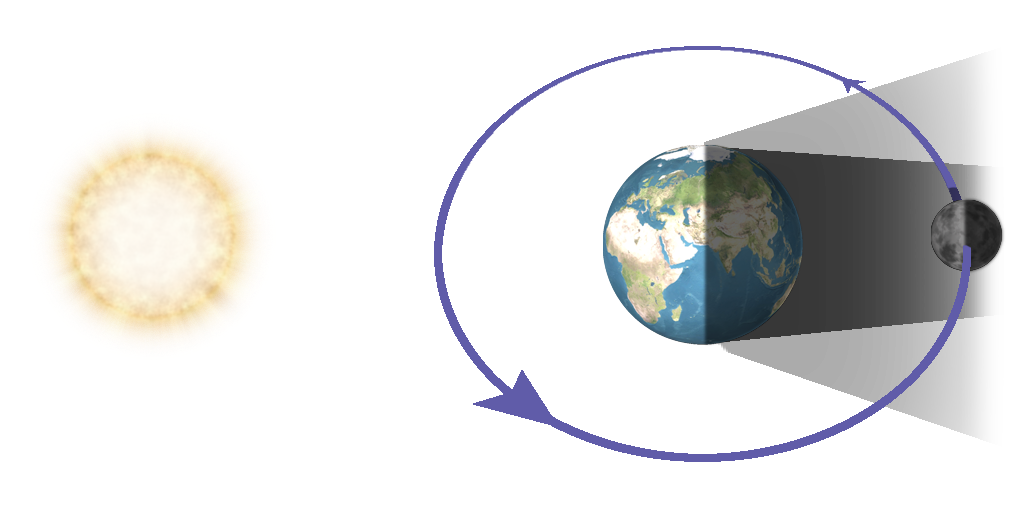


 U.Mars — Encyclopedia
U.Mars — Encyclopedia
Basic Astronomy and the Nighttime Sky
A "solar eclipse" can occur during the Moon's "New" phase, when the Moon lies in (or nearest to) a direct line between the Sun and the Earth (or a certain location on the Earth's surface).
In essence, a solar eclipse is when a portion of the Earth's surface falls under the Moon's shadow, as in the diagram, below.

A lunar eclipse occurs when the Moon is opposite the Sun from Earth, or during the Full Moon phase. The Moon falls in the shadow of the planet Earth, then, as shown in the following illustration.

Not every New Moon causes a solar eclipse somewhere on the Earth's surface — in fact few do. Similarly, few Full Moons involve partial or full lunar eclipses. Part of the reason for this is that the plane in which the Moon orbits the Earth is tilted with respect to the plane in which the Earth orbits the Sun. Rarely do these planes line up at the same time as the Sun-Earth-Moon or Sun-Moon-Earth fall in a line; however, as the shadow cast by the Earth is larger than the shadow cast by the Moon, partial or total lunar eclipses do tend to occur somewhat more frequently than solar eclipses.
See also: